The Peruvian mango season started later than normal because of strikes, in particular. The season is now reaching its end, and importers are switching to mangoes from other origins, such as Brazil and Guatemala. Qualitatively, Peru had a good but turbulent season, with good prices on average throughout the season. The season was characterised by strikes at the start and the end of the season.
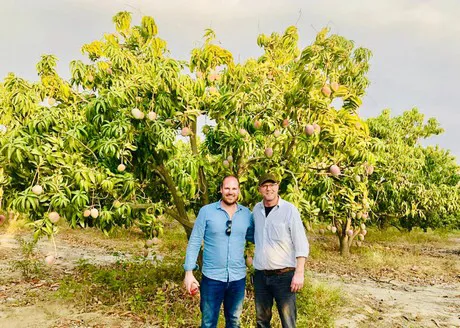
“The Peruvian mango season is reaching its end. Just like at the start of the season, Peru was affected by strikes at the start of the Casma season as well. This time, the transporters were expressing their unhappiness. As a result, fewer mangoes were loaded at the start of the Casma season. This, combined with the ending of the Motupe and Olmos seasons because of rain, caused shortages on the market,” according to Matthijs Ahsman of Frutos Tropicales Europe (FTE).
Motupe is always a trickier region, because it’s wetter than the other production regions. That’s why most of the mangoes from this region are exported to the US, which has a shorter treatment and transition time than Europe. Peru will be able to ship from their final production region Casma until late March, and that’s similar to last year.
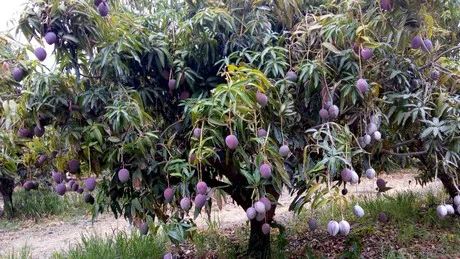
Prices
“Prices of the past period were generally good. Prices were between 4 and 6 euro per box throughout the season. The expectation is that prices will recover somewhat in the coming period, before the African season starts. Just like the price, quality of the Peruvian season was good as well. We didn’t have a lot of problems this season,” the importer continues.
Regarding the mango varieties, Ahsman has noticed that fiberless mangoes continue to be the most popular. “Kent is still one of the favourite mango varieties of consumers. Peru mostly produces Kent mangoes. Other production countries, such as Brazil, also grow the Kent variety.” The only disadvantage Ahsman can think of for Kent is that the harvesting period for this variety isn’t easily guided, as is the case with the Keitt variety.
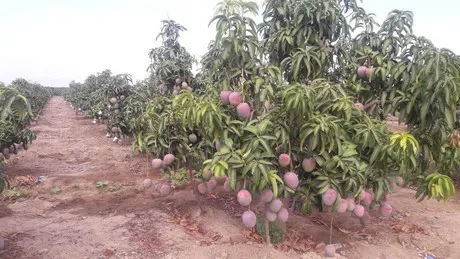
Production
The importer started loading Brazilian mangoes late in February, and the first Guatemalan volumes were loaded early in March. Regarding mangoes, Brazil offers a year-round product. Brazil only becomes slightly less appealing for the importer when Peru is on the market. Ivory Coast and Senegal are the two largest production countries when it comes to African mangoes, but both result in mixed experiences regarding quality problems, and therefore don’t have the most reliable reputation on the market. Besides Peru and Brazil, FTE also works with mangoes from Guatemala, the Dominican Republic and Puerto Rico to bridge the seasons. Mangoes are FTE’s most important product, and they have their own production and warehouse facilities in Peru, which meet the highest requirements of all European retail. FTE also opened a branch in Brazil late in 2018, Frutos Tropicales Brasil (FTB). From Brazil, FTB supplies direct shipments to Spain, Portugal and Russia, in addition to the Netherlands. FTB will continue developing with their own production and new packing facilities in Brazil.
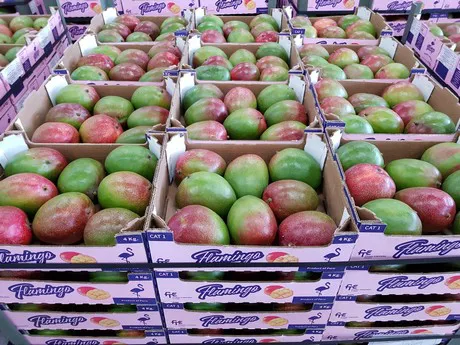
Know-how
The importer still sees consumption of mangoes increasing. “The mango is no avocado, but consumption continues to grow. Just like consumption, know-how of the fruit is also rising. This can mostly be seen among younger generations that travel a lot and eat exotically. Throughout Europe, we’ve seen demand for mangoes increasing. Demand for fiberless varieties is increasing primarily in Eastern Europe, which was traditionally more of a Tommy market, while Scandinavia is a traditional frontrunner in the ready-to-eat segment,” Ahsman says.
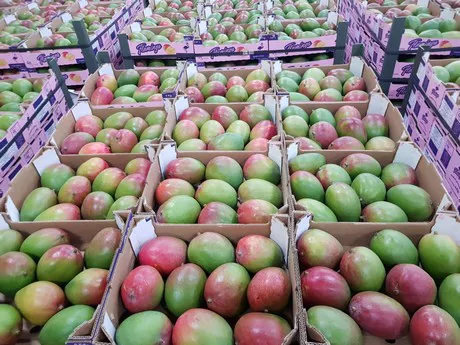
The majority of the mangoes imported by FTE arrive in Europe via containers. “Flown mangoes (tree-ripened) are still a niche product suitable for a smaller target audience. Although this share has risen over the years, it will always be a niche product. Besides, due to recent developments regarding our climate, we expect the popularity of air cargo to decline over the coming years. It’s our challenge to ensure we can provide consumers with an experience of tree-ripened mangoes in an environmentally friendly manner,” Ahsman concludes.
Voor meer informatie:
Frutos Tropicales Europe
Matthijs Ahsman
Klappolder 191
2665 MP Bleiswijk
Tel. +31 (0) 10 3075 100
matthijs@fteurope.eu
www.fteurope.eu
